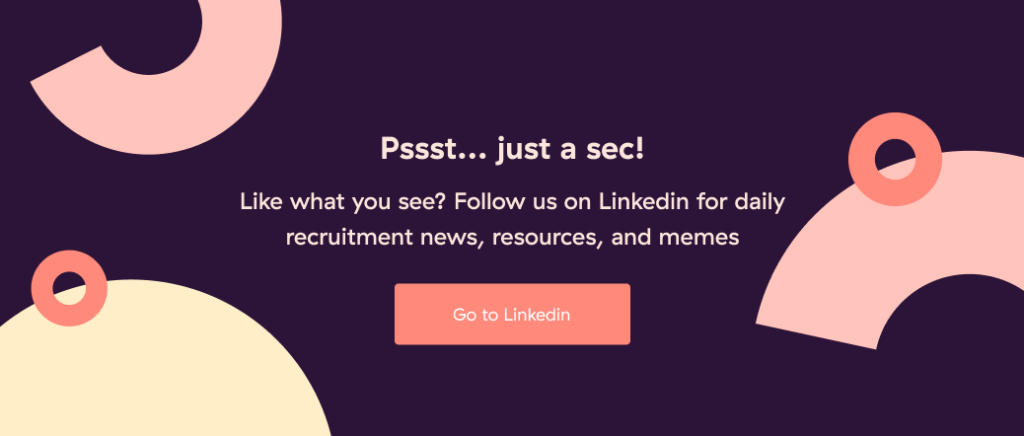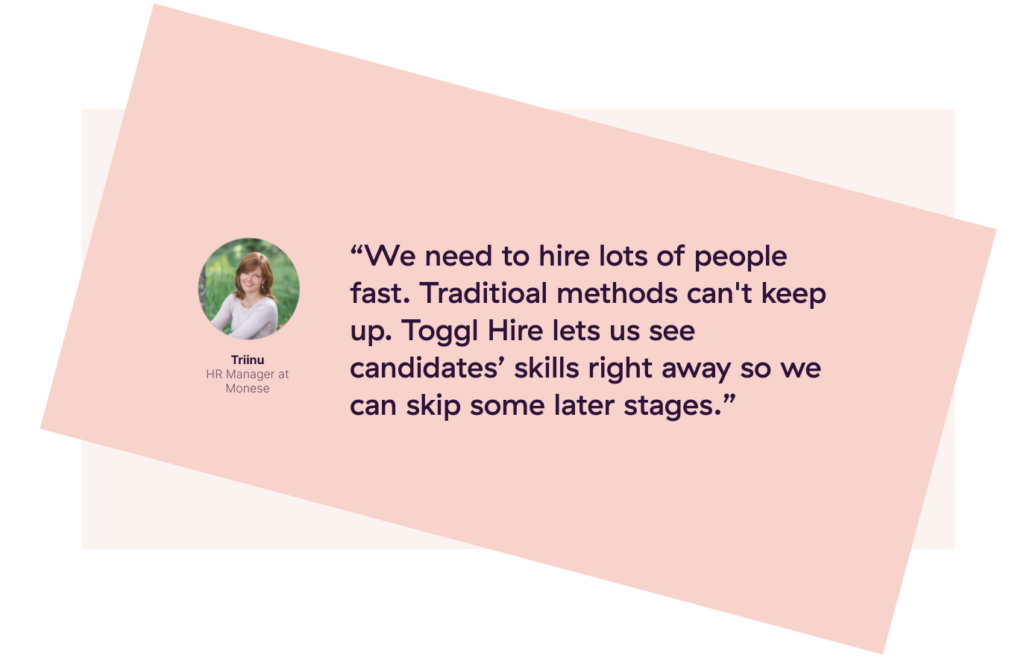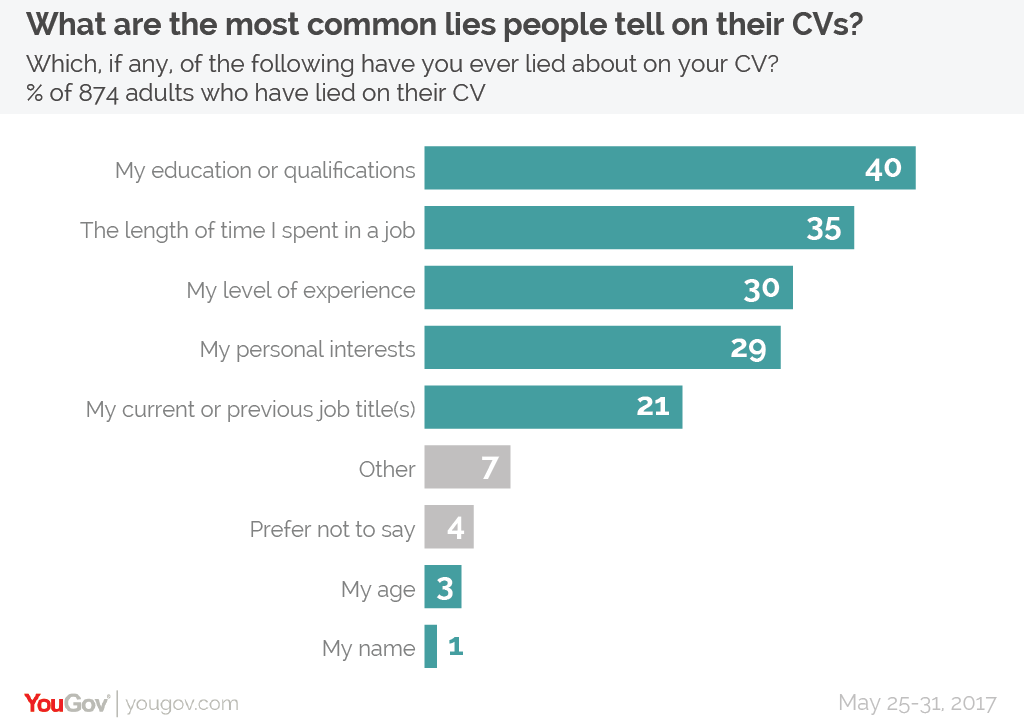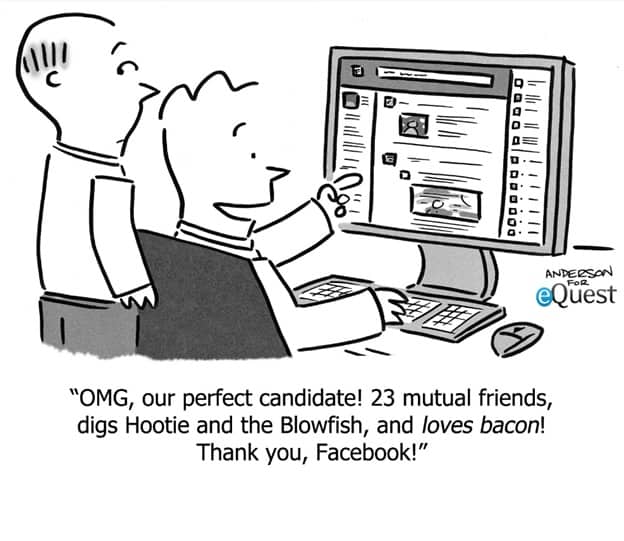Having hundreds of applicants for your latest job post is a great problem to have. On the one hand, there are loads of people who want to work at your company, but on the other hand, now you’ve got hundreds of candidates to sift. The solution? A kickass candidate screening process for hiring awesome talent!
Candidate screening is a tough nut to crack, but once you’ve read this article, you’ll be an expert. After we’ve covered what a screening process is, we’ll take you through 5 simple steps to go from hundreds of applicants to a pool of top-quality candidates.
Let’s jump in!
Quick Links:
- What is The Screening Process for Hiring Step-by-Step?
- Our Simple 5-Step Screening Process:
What is The Screening Process for Hiring Step-by-Step?
Let’s start with a definition… Candidate screening in recruitment is the process of reviewing and evaluating job applications to determine which applicants should be shortlisted for the following stages in the hiring process.
To accurately screen candidates, recruiters review each applicant’s education, work experience, and skills to assess whether they’d be a good fit for the role. This could mean reviewing their resumes, online portfolios, social media profiles, and, more often now – skills test results.
But with some sectors seeing up to 118 applicants per job role, recruiters don’t have time to get into the detail and instead screen each candidate at a very high level. Not only is this super tedious, but it can also be inaccurate and is a real productivity killer for recruiters.

But, with the rise of innovative recruitment strategies, the screening process for hiring is becoming far more streamlined. With the talent shortage in full effect, the rise of remote hiring, and the need to create a strong recruitment brand, top recruiters are looking for better ways to screen candidates at scale.
Here’s how the digitally-enabled screening process looks now vs. the traditional approach:
Traditional Screening
- Review CV/resume for each candidate 🥱
- Telephone screening interview 📞
- Reference check 😪
- Online research 🌐
- In-person interview 🤝
Modern-Day Screening
- Automated skills tests 🧩
- CV/resume check for filtered candidates 💡
- Async video interview 📹
- Online research 🌐
- Video interview 💻👋
So, as you can see, modern-day screening is far more efficient, effective, and automated, allowing recruiters to multiply their time to uncover better-quality candidates and avoid bad hires.
Like the sound of that? Read on to see how it’s done!
Step #1 – Skills Testing
Modern organizations looking to stand out in the market need to grab candidates’ attention quickly – that’s why starting with a skills test is an excellent idea.
Not only do skills tests grab candidate’s attention, but they also:
- Save you hours of time by automatically filtering out under-performers
- Give you an immediate insight into a candidate’s skills
- Help top-quality candidates stand out from the crowd, proving they can do the job you need to fill
- Allow you to show off your brand
- Remove unconscious bias by focusing only on a candidate’s skills
- Level the playing field by taking away the opportunity for candidates to cheat/lie
Many HR professionals leave testing until the very end of the pipeline and miss out on all those great benefits upfront!
Crucially, skills tests also help you reduce your time to hire by automating the process and helping you pull out only the best candidates from your pool of applications. Don’t believe us? Here’s how Monese cut their time-to-hire by 72% using Toggl Hire.

The good news about step #1 of this hiring process is that skills tests are super easy to implement in your business. In fact, Toggl Hire is as simple as just two clicks – watch this 1-minute explainer on how we do it below!
Step #2 – CV/Resume Check for Filtered Candidates
With your filtered shortlist of skill-tested candidates, we’d recommend using a CV/resume as a secondary data source to sense check the candidate’s credentials. While reading a mountain of resumes is completely inefficient, checking through a filtered list gives you an insight into how a candidate presents themselves while subtly checking skills such as written communication.
But, be careful! Different studies show that anywhere between 10% – 42% of people lie on their CV, either overstating past experience, deleting unfavorable details, or, in some cases, adding complete works of fiction!

So, when reviewing CVs/resumes, take them with a pinch of salt. As an additional tip, look out for the following must-haves to ensure the candidate is hitting the mark.
CV/Resume Must-Haves:
- Short Profile/Bio. Great resumes start with a short, sharp, and interesting opening profile that grabs your attention and tells you all about the candidate.
- Work Experience. A candidate needs to prove they have the experience to do the job at hand – look for evidence of previous responsibilities and significant achievements.
- Key Skills. Many candidates make the mistake of listings character traits such as ‘motivated team player’ in this section. Instead, look for actual work skills, such as IT skills, languages, or technical skills, such as Graphic Design.
- Education. A few of the most recent qualifications will do, there’s no need for the candidate to list their elementary school.
- Contact Information. The applicant should have an email address and a phone number for contact. Ideally, a professional email and not something like ghettohustler420@aol.com.
- Correct Length. Perfect CVs should be one to two pages – anything more than that is overkill and will likely turn you off.
- Job-Specific. Check that the listed skills, education, and work experience are relevant to the position. This shows the candidate understands the job role and has put the effort in.
- Correct Spelling and Grammar. While many people struggle with spelling and grammar, it does indicate attention to detail and the ability to communicate, which is essential for certain roles.
If you want to save even more time, you can run the resumes through an applicant tracking system. While this will undoubtedly speed up the process, be aware of the classic drawbacks of an ATS system.
Step #3 – Async Video Interview
Once you’ve got the skills test results and sense-checked the resume, it’s time to get to know the person behind the application. In modern-day recruitment, this is where Async Video Interviews come in.
What is an Async Video Interview? It’s a way for recruiters and candidates to get to know each other with a series of pre-recorded video questions and answers.
Why is this so revolutionary? As a recruiter, you simply need to record your introduction and questions once and send it to all your candidates. You then sit back, relax, and wait for the candidates’ responses to come back in. Then, when you’re ready, review the candidate submissions and select the candidates you want to progress.
What are the benefits? Well, for recruiters, async video interviews give you the perfect insight into a candidate’s soft skills, screening them for communication, language proficiency, and confidence. You also save time by screening multiple candidates at once and get the opportunity to introduce yourself, your brand, and your role in a rich and meaningful way. For candidates, it’s an opportunity to stand out from the crowd, learn more about the organization, and complete their responses at a time to suit them.
At Toggl Hire, our Video Intros feature is the perfect way to screen candidates for soft skills and nail step #3 of the screening process for hiring – check out how they work here! 👇
Step #4 – Online Research
And now the fun starts as your put on your detective hat. You probably know a fair amount of information about the candidate(s) by now, but it’s always good to find out some more!
As a second sense-check, we’d recommend heading online to do some research into your final candidates. Not only will this help you find out some extra nuggets of information, but it’s a great way to screen for any adverse media or unsavory previous experiences.
While you can jump into a Google search, head onto Facebook, or even scour their current organization’s website, by far the best place to go is LinkedIn.
We’re pretty sure you’ll have heard of LinkedIn, with the professionally-focused social media page projected to have over 66 million people on the platform by the end of 2022.
It’s a great place to find out more about your candidates, but keep an eye out for the following red flags when reviewing their profile:
- Incomplete Profile – Top-notch professionals have a top-notch LinkedIn profile, especially in customer-facing roles, so watch out for patchy profiles.
- The Career Gap – LinkedIn profiles (like resumes) with large career history gaps may indicate something more fundamental is wrong.
- The Hopper – On average, employees stay in a job for four years – multiple job roles under 12 months each may indicate a lack of focus or a conflict-ready character.
- Inconsistencies – Look out for differences between what you see on LinkedIn, and what was put on the resume.
- Mistakes & Typos – Like the CV, look out for frequent spelling and grammar errors that could indicate a lack of attention to detail.
This step is tried and tested, with over 70% of employers using social media to research their candidates to add another layer of assurance to the screening process for hiring.

Step #5 – Video Interview
You’re getting to the end of the screening process now, and, after four rounds, it’s time to meet them face-to-face. If you read the Toggl Hire blog regularly, you know there’s more than one way to interview with in-person, phone, and video options available.
But in this screening process, we’d absolutely recommend going for the video option as it enables you to really get to know the candidate without the costs/time investment of a face-to-face.
Use the video interview to do the following:
- Re-confirm the role. Start off by re-confirming the role, the responsibilities, and what you’re looking for from the ideal candidate – it helps to set the scene.
- Learn more about the candidate. While you’ll know a lot about the candidate already, there’s always more to learn, so take the time to uncover new and interesting things.
- Prod and probe. Use the opportunity to delve into a candidate’s profile, skills test scores, or async responses to re-confirm their strengths and weaknesses.
- Sell yourself. Remember that the recruitment process is a two-way thing. Candidates choose you as much as you choose them, so remember to showcase yourself and the role in the best light.
- Check the formalities. Don’t be shy to tackle topics such as pay, benefits, and working patterns during screening to ensure expectations are set for all parties.
It’s always tricky to know exactly what to say/ask during a video interview. If you need a hand, check out our complete list of candidate screening questions below.
Bonus Step – Reference check
At this point, you should have all the necessary information to make an educated decision about your new hire. However, if you still want to ensure that the applicant performed well in their previous positions, you can always get a reference check. This can be done by your in-house HR staff or outsourced, but the principle remains the same.
Summing Up The Screening Process for Hiring
When it comes to screening candidates, it doesn’t need to be a slow, laborious process. Using modern-day recruitment techniques, you can digitize the process, saving your time, effort, and money when hiring for your next role.
Ditch the long CV sift, tedious phone interviews, and cover letters in favor of:
- Automated skills tests 🧩
- CV/resume check for filtered candidates 💡
- Async video interview 📹
- Online research 🌐
- Video interview 💻👋
If you do, we’re sure you’ll nail the screening process and set yourself up to make amazing hires that help to take your organization to the next level 🚀🚀🚀
James Elliott is a Strategy Manager and Writer from London, UK. When not working on the day job, James writes on a variety of business and project management topics with a focus on content that enables readers to take action and improve their ways of working. You can check out James’ work on his website or by connecting on LinkedIn.




